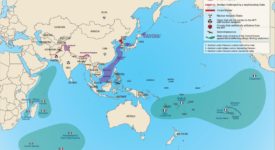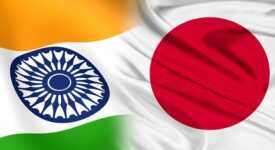Japan and the European Union agreed yesterday (6 July) that they would move forward with their free trade agreement in a sharp opposition to the protectionist policies of US President Donald Trump. Their decision is very symbolic, as it will tie the world’s biggest economies together. Although some areas of negotiations are still open, European and Japanese leaders insist that the key problematic areas were overcome.
“We promised to do everything in our power to conclude political and trade talks between Japan and the European Union on the eve of the G20 summit. And we did it,” European Council President Donald Tusk commented. The FTA between the EU and Japan will be known as the EU-Japan Economic Partnership Agreement and it will ease import competition for European carmakers and Japanese dairy producers, which were among the most controversial issues. Moreover, Brussels and Tokyo are removing tariffs on bilateral trade, which will be phased out gradually over the next few years.
Both sides said that they were worried by Donald Trump’s “America First” policy and his decision to pull the United States out of the Trans-Pacific Partnership (TPP) that also included Japan. “Together, we are sending a strong message to the world that we stand for open and fair trade. As far as we are concerned, there is no protection in protectionism,” European Commission President Jean Claude Juncker said. Japanese Prime Minister Shinzo Abe concluded that with 40 percent of world trade, the EU and Japan would create the world’s biggest open economic area, accounting for about a third of global economic production.







